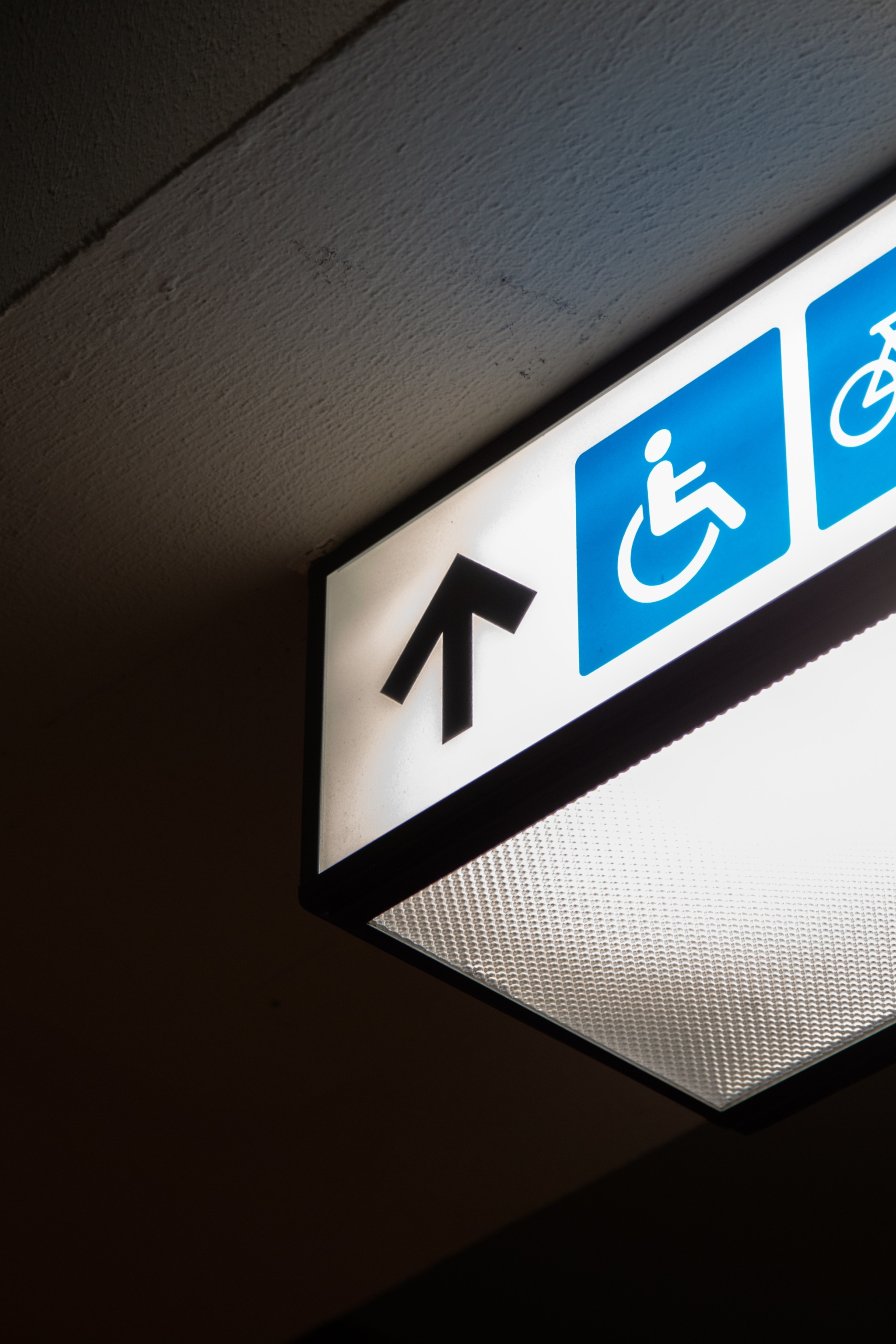What is Ataxia?
Ataxia is a debilitating symptom that can appear after trauma to the nervous system that manifests itself as the inability to control muscle movements and reactions throughout the body. There are three types of ataxia: Cerebellar, Sensory, and Vestibular. While it is sometimes difficult to pinpoint one cause for the specific types, ataxia can be caused by head injury, tumor, autoimmune diseases, stroke, and even B12 deficiency, just to name a few. There are a few types of Ataxia that are hereditary, the most common of which is Friedreich’s Ataxia, symptoms showing well before the age of 25. Ataxia sometimes can affect only one side of the body known as Hermitaxia.
Cerebellar Ataxia
Cerebellar Ataxia is a dysfunction of the cerebellum, a part of the brain that is responsible for the body’s movements to be executed smoothly and to help our brains plan out what the body’s next move will be. This type of ataxia will sometimes initially present itself as an imbalance or irregular gait, progressing later to overstepping, lurching side to side, or walking with a wide base. Other symptoms include difficulty regulating the force, range, direction, velocity, and rhythm of muscle contractions. Ataxia. Retrieved from https://en.wikipedia.org/wiki/Ataxia. It is the most common form of Ataxia.
Sensory Ataxia
Sensory Ataxia is characterized by the loss of proprioception which is the awareness of positions of joints and body parts. It is usually caused by irregularities in the function of the spinal column and its nerves. Sensory Ataxia can manifest itself as the individual developing a gait that is similar to a stomp, with a strong striking of the heel, and the inability to function in environments that aren’t well lit.
Vestibular Ataxia
Vestibular Ataxia is a type of Ataxia that is associated with the vestibular system, which is located in the inner ear and assists with spatial orientation. Vertigo, nausea, and vomiting are all symptoms of Vestibular irregularities. The loss of equilibrium is one of the main characteristics of this type of Ataxia.
Living with Ataxia
Ataxia can vary from severe to mild, sometimes making daily life activities extremely challenging. Ataxia can affect vision, speech, balance, and mobility, all of which are (usually) required to successfully maintain gainful full-time employment. Occupational, physical, and speech therapies are necessary as well as normal visits to neurologists, general physicians, and other specialists.
Depending on the severity of the Ataxia, it can be difficult to maintain normalcy in everyday life. Routine tasks like grocery shopping, going to the DMV, or even enjoying a meal at a restaurant can turn into exhausting events. The symptoms alone can have harsh effects on an individual’s sense of self-confidence resulting in anxiety, depression, isolation, and frustration, all things that should be treated and can jeopardize relationships professionally and personally.
The Importance of Receiving SSD Benefits While Living with Ataxia
Social Security Disability(SSD) benefits can ease the burden of living with Ataxia. Maintaining employment, managing countless medical appointments and coping with unpredictable emotional changes can be taxing. The application process for SSD can contribute to already existing anxiety and worry, which is where the Good Law Group steps in. Only one type of Ataxia, which is rare and genetic, Ataxia Telangiectasia is currently listed under the Compassionate Allowance program.
This form of ataxia shows well before the age of 5 and symptoms can be very severe. Other forms of ataxia are not listed, therefore general ataxia cases will not be expedited or be a priority for the Social Security Administration(SSA) to approve for benefits, regardless of the severity or progression of the Ataxia. The process can be grueling; requiring a seemingly endless collection of documents, results, and other medical records. Upon submission of the application, the timeline can also be unpredictable contributing to an already frustrating process. The waiting time to start receiving benefits can exceed 5 months if the ailment appears on the Compassionate Allowance program. If not, wait times for processing the application, approval, and receipt of benefits can last much longer.
What to do if SSD Benefits are Denied
Don’t give up hope if your application for SSD benefits is denied. Upon denial of benefits, there is an option to appeal within 60 days of the initial decision. The SSA receives millions of applications every year for benefits, only approving a mere 30%. The Good Law Group has a successful track record with helping people who suffer from Ataxia get the benefits that they need and deserve.
The Good Law Group specializes in ensuring that application deadlines are met, documentation is organized and complete and has the experience to help expedite your case and benefits are received as soon as possible. A representative from the Good Law Group can be reached at (847) 577-4476 for a complimentary case evaluation.
Ataxia Resources
Living with ataxia can be debilitating and emotionally draining. Please review the online resources listed below for more information and tips on how to improve life with Ataxia.
The National Ataxia Foundation is a nationwide resource that is helping improve the lives of people suffering from Ataxia through support, education, and research with a searchable function by the state to find a support group near you. If an online support group is more convenient, the Facebook support group with over 2,000 members can be found here.









